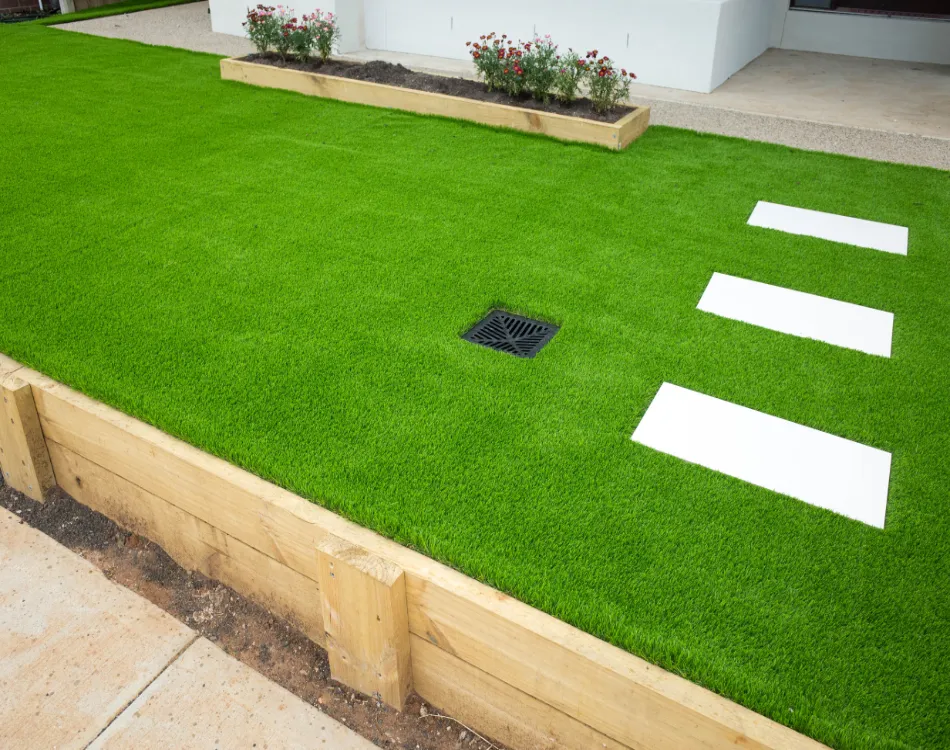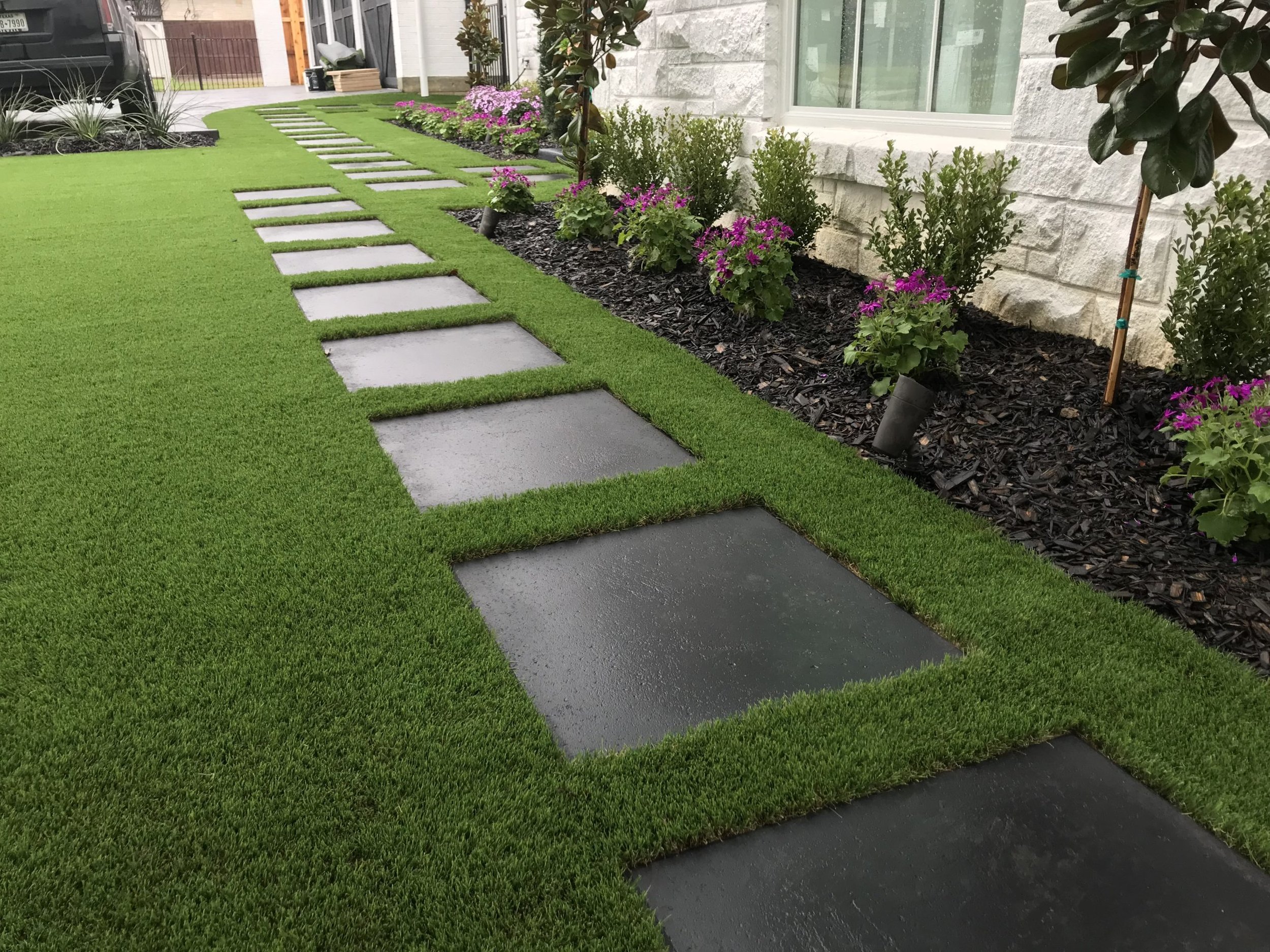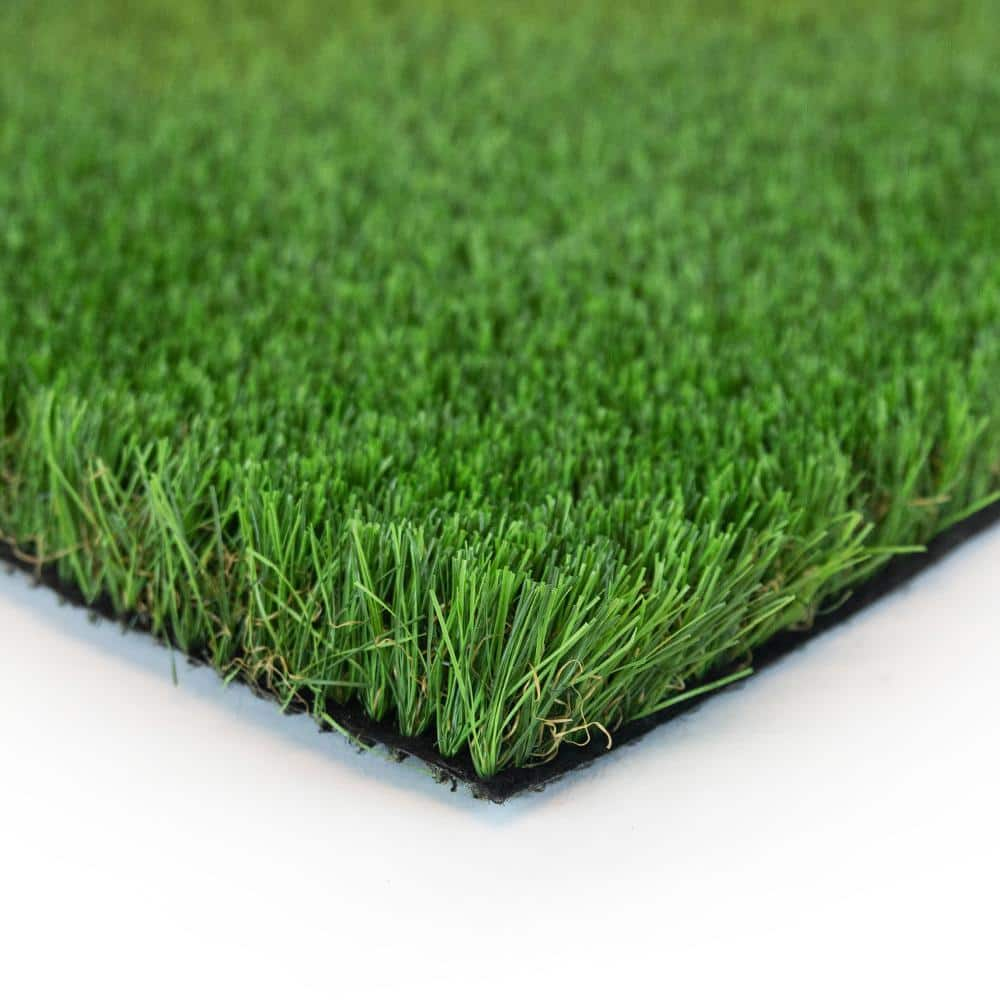Delve Into the Environmental Advantages of Opting for Synthetic Grass Solutions
The fostering of synthetic grass services offers a compelling chance to attend to pressing environmental obstacles. By dramatically decreasing water use and reducing the application of harmful chemicals, these alternatives not only advertise sustainable landscaping however also shield local ecosystems.
Water Preservation Benefits
One of one of the most substantial benefits of artificial turf is its ability to preserve water. Typical yard yards need substantial watering, particularly in areas vulnerable to drought or water constraints. In contrast, synthetic grass does not need watering, considerably lowering the total need for water sources. This function is especially beneficial in arid regions where water shortage is a pressing worry.
By removing the need for regular watering, man-made turf adds to sustainable landscape techniques and helps alleviate the environmental influence of too much water consumption. In addition, the conservation of water expands to the reduction of runoff, which can bring about soil disintegration and river pollution.
Additionally, the installment of man-made turf permits homeowners and municipalities to designate water sources a lot more effectively, concentrating on crucial usages such as drinking water and farming. The change in the direction of synthetic grass not only promotes liable water use however additionally straightens with more comprehensive ecological objectives focused on maintaining natural deposits.
As neighborhoods significantly focus on sustainability, the water preservation benefits of synthetic grass provide a compelling instance for its fostering in industrial and property landscaping projects.
Lowered Chemical Use
The change to synthetic grass significantly decreases the reliance on chemical therapies frequently used in natural turf maintenance. Standard grass administration commonly entails the application of pesticides, fertilizers, and herbicides to promote development and control parasites. These chemicals can posture dangers to human health and wellness, neighborhood wildlife, and the setting, adding to dirt and water contamination.
In comparison, artificial turf eliminates the requirement for these harmful substances. By reducing the release of artificial compounds right into the ecological community, synthetic turf advertises healthier soil and water systems.
Additionally, the absence of chemical overflow linked with artificial grass installments aids shield neighborhood waterways from pollution, supporting water life and maintaining biodiversity. Arizona artificial turf. As areas progressively prioritize lasting methods, choosing man-made lawn offers a viable remedy that straightens with environmental conservation goals. Through this change, property owners can delight in lush green areas without endangering environmental health, paving the means for a more sustainable future
Reduced Carbon Impact

Furthermore, the installation of fabricated grass can lead to substantial water preservation. Natural grass call for significant quantities of water for watering, which not just includes to the carbon footprint connected with water extraction and therapy yet additionally strains local water resources. On the other hand, man-made grass requires very little maintenance, needing no watering, consequently substantially reducing water use and its connected energy expenses.
In addition, the long life of synthetic turf contributes to its reduced carbon effect. With a life-span of approximately 15 years or even more, the demand for constant replacements is reduced, causing much less waste and lower power consumption in production and dealing with traditional grass options. Overall, artificial grass provides a sustainable choice for eco mindful landscaping.
Habitat Preservation
Environment conservation is an essential factor to consider in the dispute over landscaping options, particularly when contrasting synthetic grass to natural turf. Natural lawn lawns commonly require extensive maintenance, including making use of pesticides, plant foods, and herbicides, which can adversely affect neighborhood environments. These chemicals can leach into the soil and rivers, damaging indigenous vegetation and animals and interfering with regional habitats.
On the other hand, synthetic grass provides an opportunity to decrease the environmental footprint of landscape design. By selecting artificial turf, homeowners can minimize the interruption of natural environments associated with standard lawn treatment practices. Synthetic grass gets rid of the demand read more for unsafe chemicals, thus securing close-by wild animals and keeping the stability of surrounding communities. In addition, the installation of synthetic grass can lead to the conversion of former yard areas right into even more biodiverse landscapes, such as pollinator yards or indigenous plant areas, which can support regional wild animals.
Ultimately, the shift to synthetic grass not only conserves water and minimizes maintenance efforts yet likewise cultivates an extra harmonious connection in between human tasks and the natural environment, promoting habitat conservation in the process.
Long-Term Sustainability
Long-term sustainability is a critical consider assessing the benefits of man-made turf over conventional grass lawns. One of one of the most significant advantages of synthetic grass is its longevity; it can last approximately 15-20 years with marginal maintenance, whereas all-natural yard needs regular reseeding and substitute. This durability minimizes the demand for continuous sources, such as water, plant foods, and pesticides, which are important for preserving a healthy and balanced grass lawn.
In addition, artificial grass adds to a decrease in carbon discharges related to grass care devices. Traditional grass usually call for gas-powered more information mowers, leaners, and blowers, all of which add to air pollution. Arizona artificial turf. In comparison, synthetic grass removes the requirement for such tools, promoting a cleaner atmosphere
Furthermore, the production of artificial lawn progressively makes use of recycled materials, improving its sustainability profile. As makers adopt environment-friendly methods, the environmental impact of man-made grass remains to reduce.

Verdict
The fostering of fabricated grass services offers significant environmental benefits, consisting of best site substantial water conservation, minimized reliance on hazardous chemicals, and a lower carbon footprint. Synthetic turf aids in maintaining all-natural habitats by lessening land disruption and promoting long-term sustainability via the use of resilient materials. Jointly, these variables underscore the potential of synthetic grass to contribute favorably to environmental health and provide a viable alternative to conventional landscaping methods in a progressively resource-conscious world.
In comparison, artificial lawn does not need watering, substantially minimizing the total need for water resources. By lessening the launch of synthetic substances into the community, fabricated turf promotes healthier dirt and water systems.
In addition, the setup of man-made turf can result in substantial water preservation. In comparison, synthetic grass requires very little upkeep, requiring no watering, therefore dramatically decreasing water use and its linked energy expenses.
